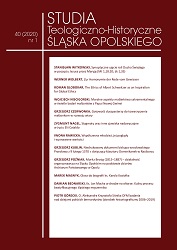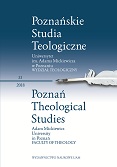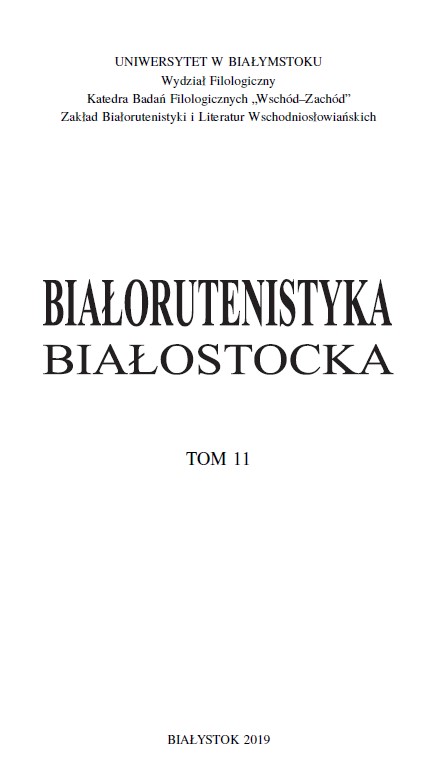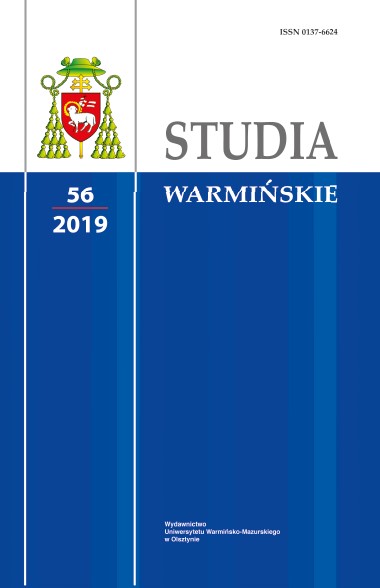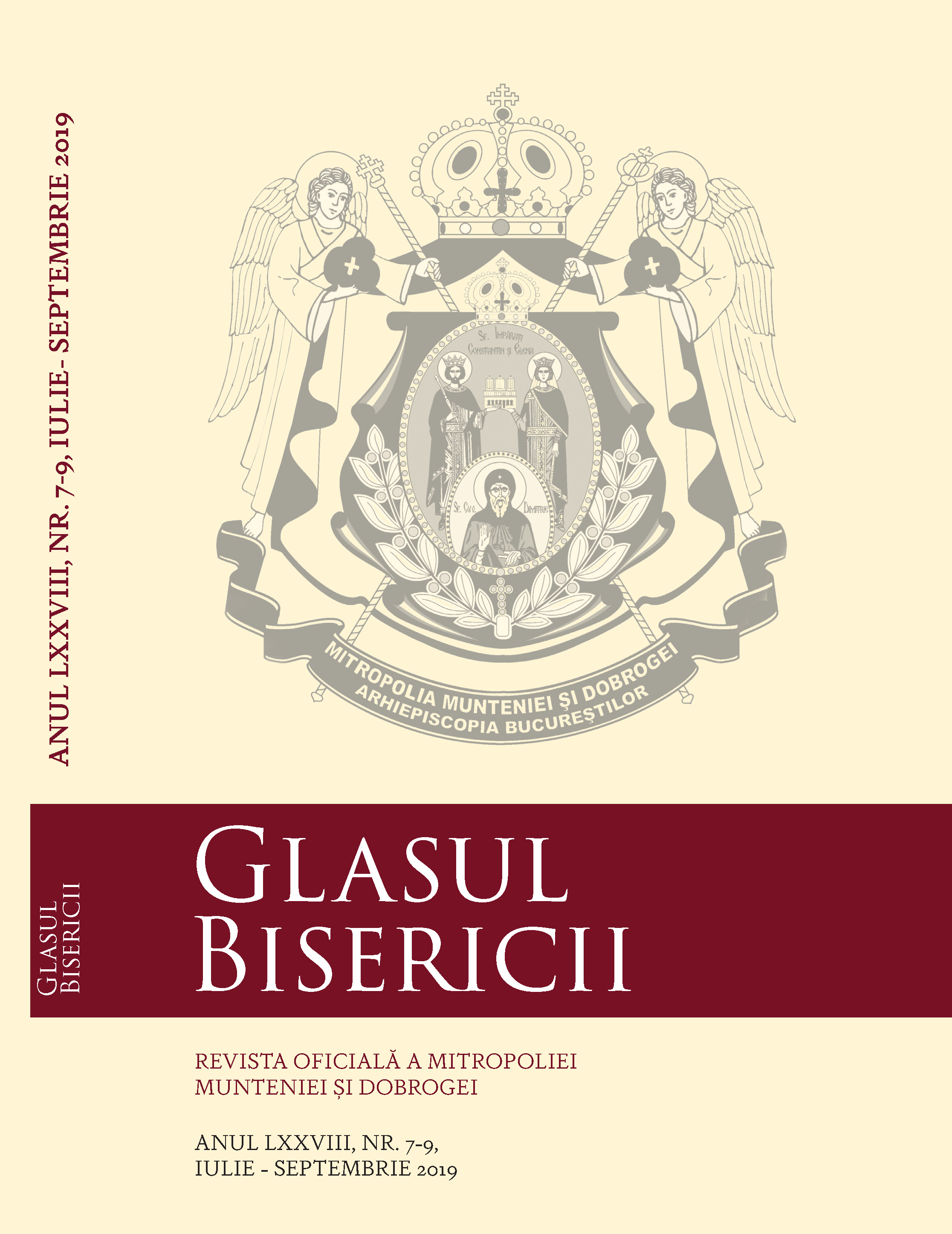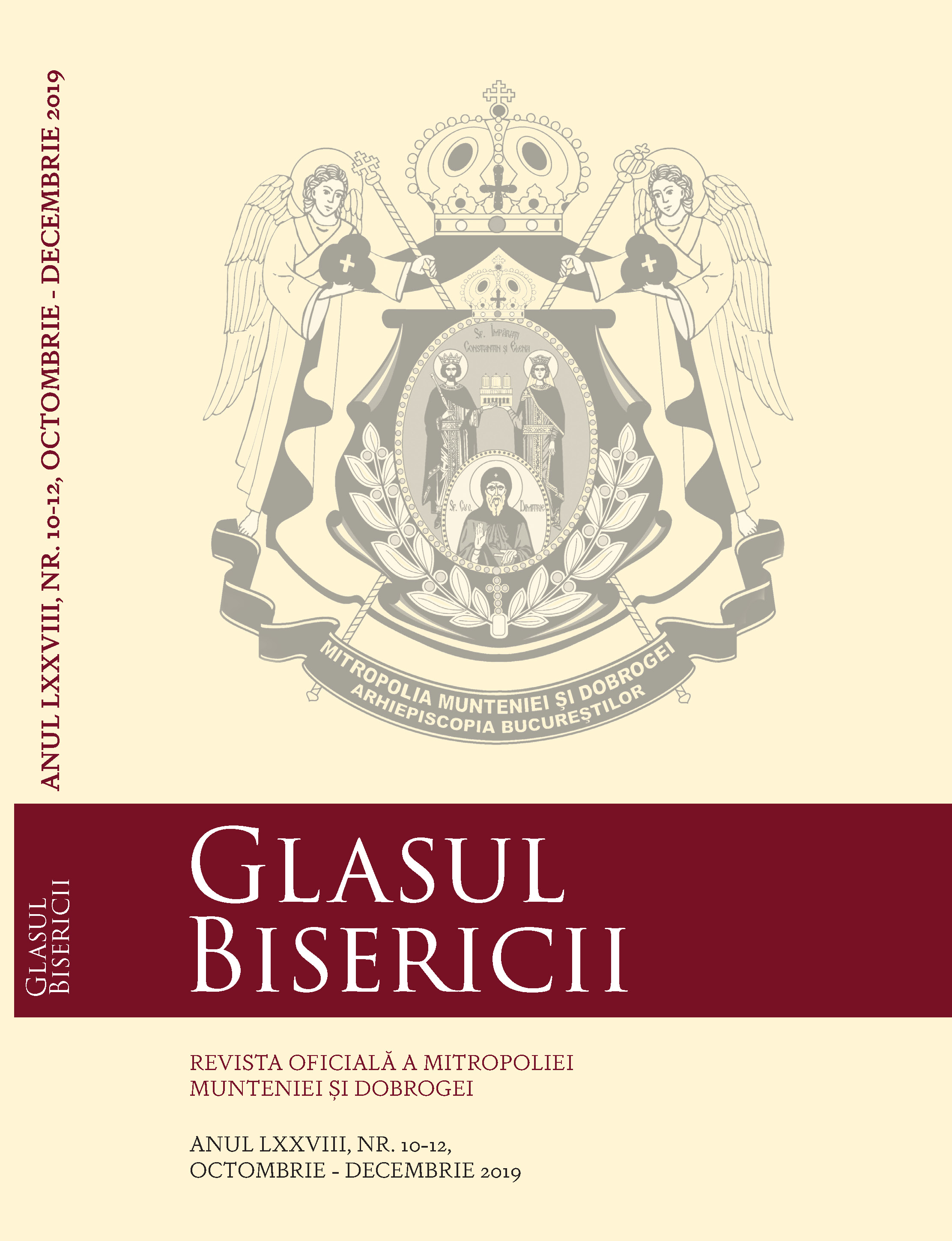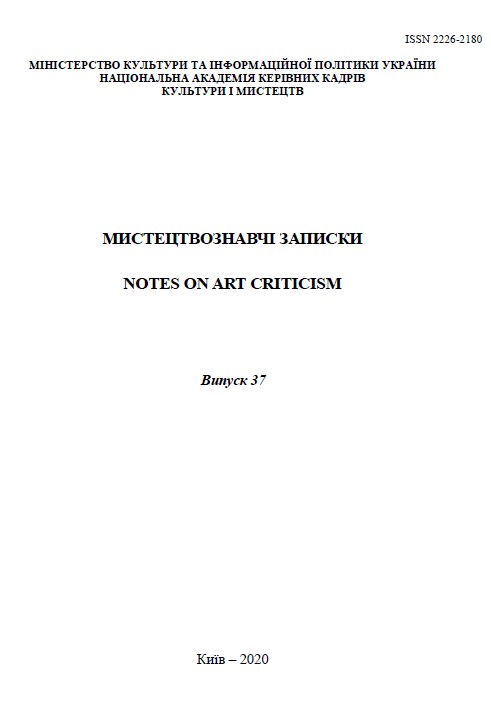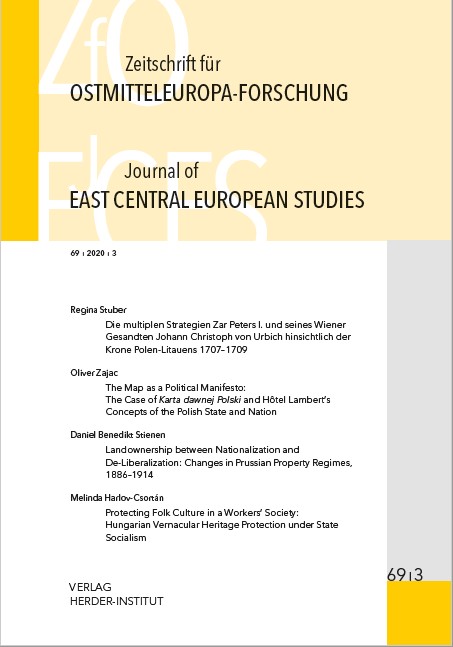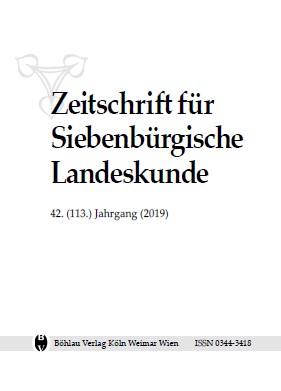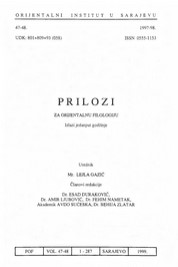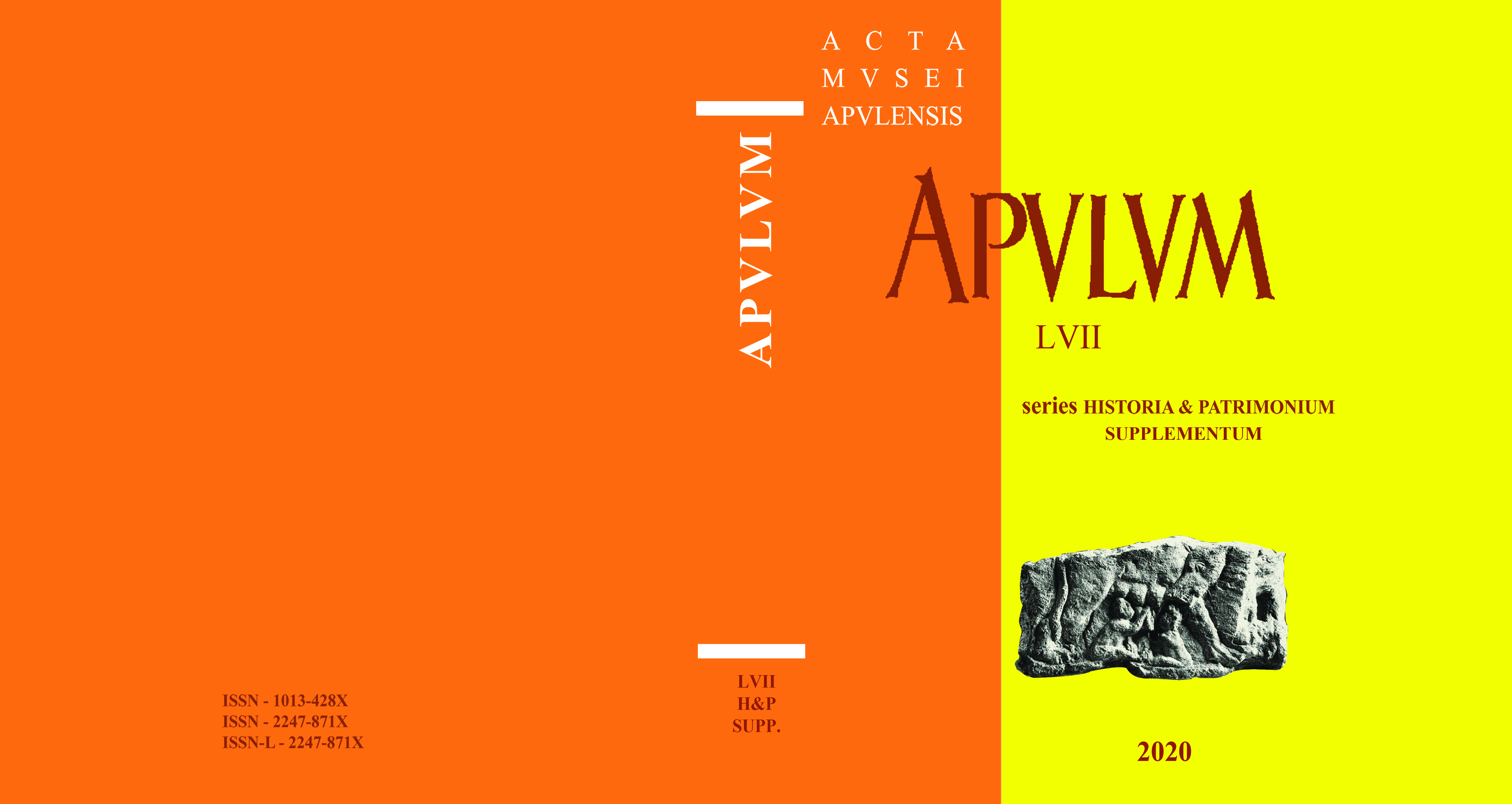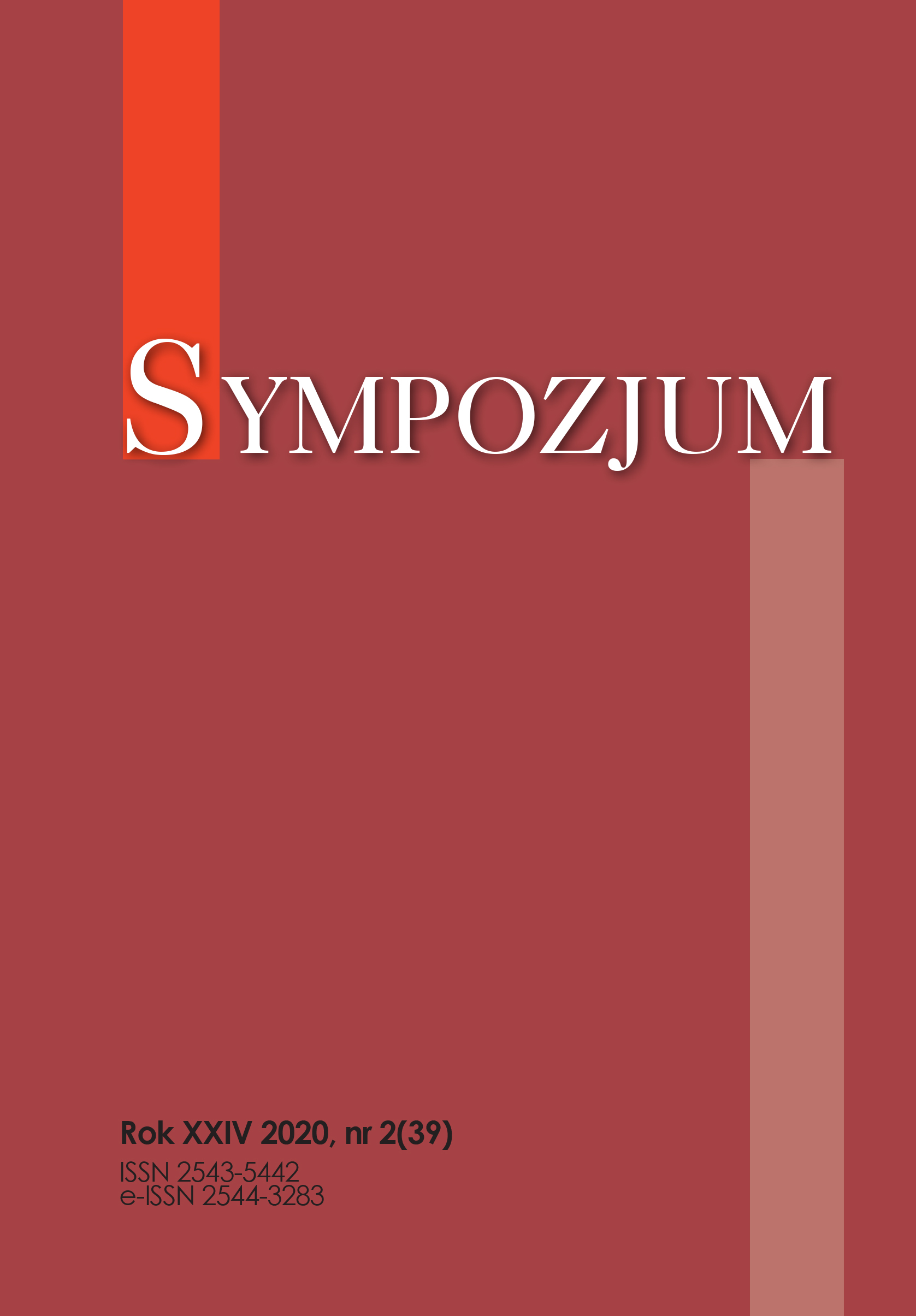Author(s): Silviu Sana / Language(s): Romanian
Issue: 1 supp./2020
The present study presents 13 leaflets from 1843-1870 of the Greek Catholic Diocese of Oradea found in the Bihor County Library and the National Archives, Cluj County Service. 12 of these are not mentioned by the modern Romanian bibliography, which is a novelty in this regard. The addressed themes are diverse (pastoral letters, circular letters containing rules of administration of church property, odes/poems, announcements of orders of State authorities). Their format is classic, the place of printing being Oradea, in the typography of Aloisy Tichy or Otto Huegel. An unknown print about the Greek Catholic Diocese of Oradea is the one that appeared in Rome, in 1863, which also has a special frontispiece.
The present study highlighted at least two types of leaflets. Namely, the prints of the laymen, such as Ecloga (1843) and Oda (1851) subsuming under the category of literary creations, and the ecclesiastical ones, namely Deductio Sinoptica Principiorum in Administratione Peculiorum Ecclesiarum, et Bonorum beneficialium intra ambitum Dieceseos Graeco-Catholi. M.-Varadinensis observandorum (The Regulation on the Administration of Ecclesiastical Goods), printed in Oradea, in 1860, and the pastoral letters of the bishops. Except for the leaflet printed in Rome, Propositio Ecclesiae Magno-Varadinen. Ritus Graeco-Catholici (1863), all the other bear the ”hall-mark” of two printers that activated in Oradea: Alosiu Tichy and Otto Huegel. Specific to them are the elements concerning printing and particular signs. Thus, the masthead, when it is mentioned, clearly shows us where the leaflet came from. The size of the sheets is 2 types: the secular prints have a smaller format of 24/19 cm, in the case of Ecloga, the paper being of lower quality.
The ecclesiastical prints have a format of 27/21 cm and appear to follow the Roman-Catholic model. In the case of the latter, the paper is a quality product. The fact that the vast majority of Circulars and Pastorals had a printed order number at the top of the first page indicates the existence of a register of records. Only the Enciclica from 1863 and the pastoral letter to Romanians from Bulgaria do not have an order number. In relation to the particular signs are highlighted the labels – only on secular prints, rectangular-shaped prints with cut corners, indicate that they belonged to a library, perhaps that of the Greek-Catholic Diocese of Oradea. The writing on them indicates both Arabic and Roman numerals, a sign that they had a call number or an exact location. The notes on these (with red, blue pencil, etc.) indicate that they were read, sifted through, but especially the fact that they circulated.
More...


